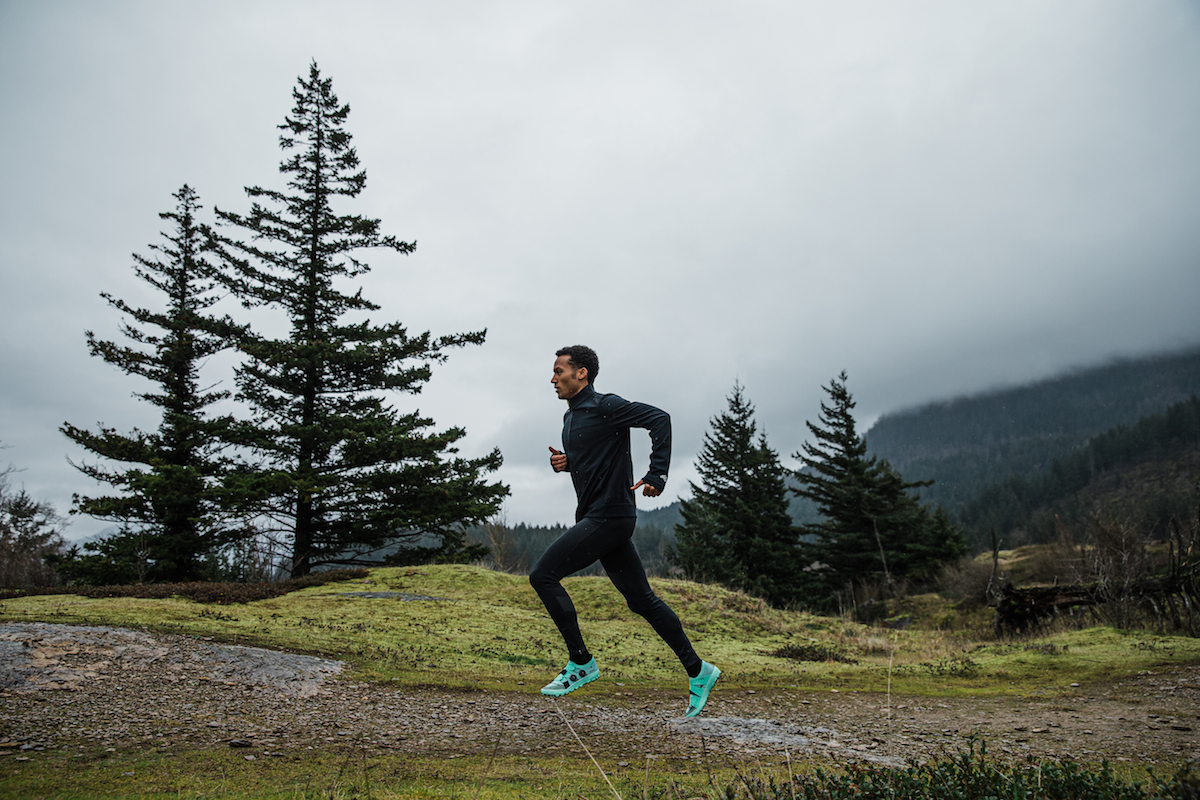Running shoes have always been rather formulaic — all very similar in nature and mass-produced for pennies on the dollar. Until now.
Historically, aside from a few concept ideas such as today’s carbon fiber super shoes, the big brands start with a consumer price in mind and assure the sourced materials and manufacturing costs stay within their desired profit margins.

The problem with this approach, according to Dave Dombrow, co-founder of Speedland and former Under Armour and Puma design executive, is that “when you’re trying to hit a price, you’re gonna make certain sacrifices along the way.”
Something Dombrow and fellow Speedland founder Kevin Fallon — also a former Under Armour and Puma executive — know all too well. The two spent nearly 20 years in executive roles across three of the largest footwear manufacturers.
Enter Speedland: a company focused around Dombrow and Fallon’s own set of values, where “we really didn’t consider the price we took; we just considered the performance, and just tried to aggregate the best of the best things to make that ultimate trainer and equipment.”
Knowing most of the big shoe brands devote R&D to the roadside, the duo saw a huge opportunity to create something big in trail footwear, a facet of the sport for which the two have always been passionate.
A New Breed of Trail Shoe
Ready to start something new and escape the price-focused mindset, Dombrow and Fallon decided to leave their corporate executive roles for a passion project with an athlete-centric mission. Their first step was a YouTube channel called Speedhack, a fun and interesting show where they would dissect different brand name shoes, making them faster, better, or just wildly different.
Through the process of cutting up, ripping apart, and creating crazy unique shoe designs, the pair quickly settled on their next project — to create not just a shoe, but a piece of equipment, sourced from the best materials and partners, and never taking price into account.

Speedland ‘Modular’ Trail Shoes

SL:PDX Trail Shoe












